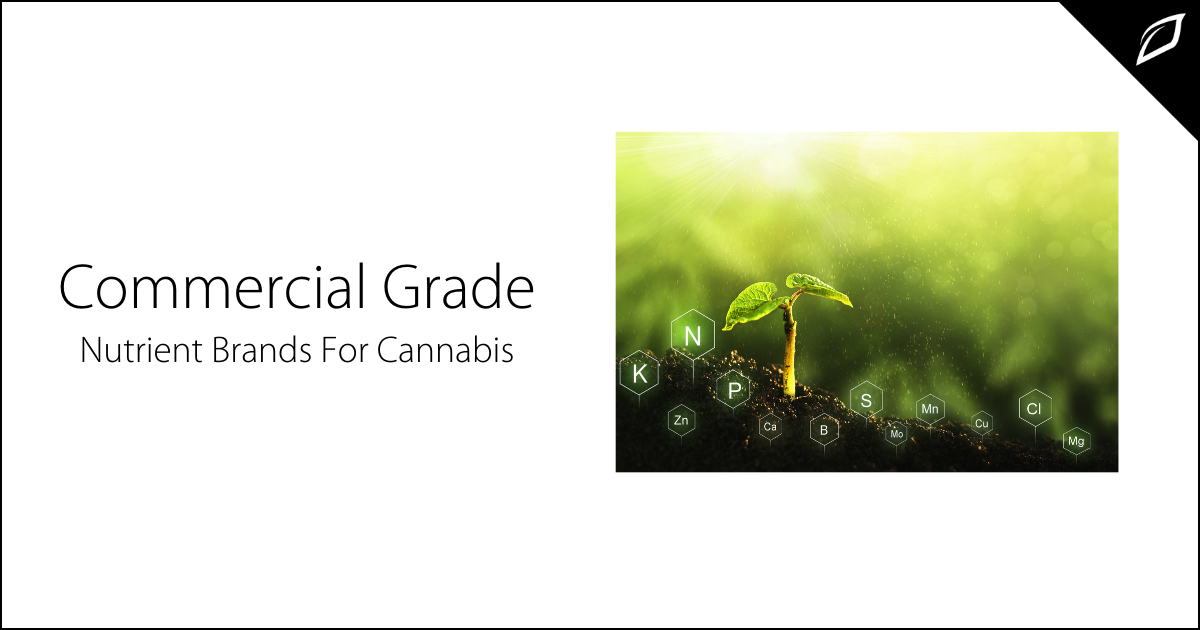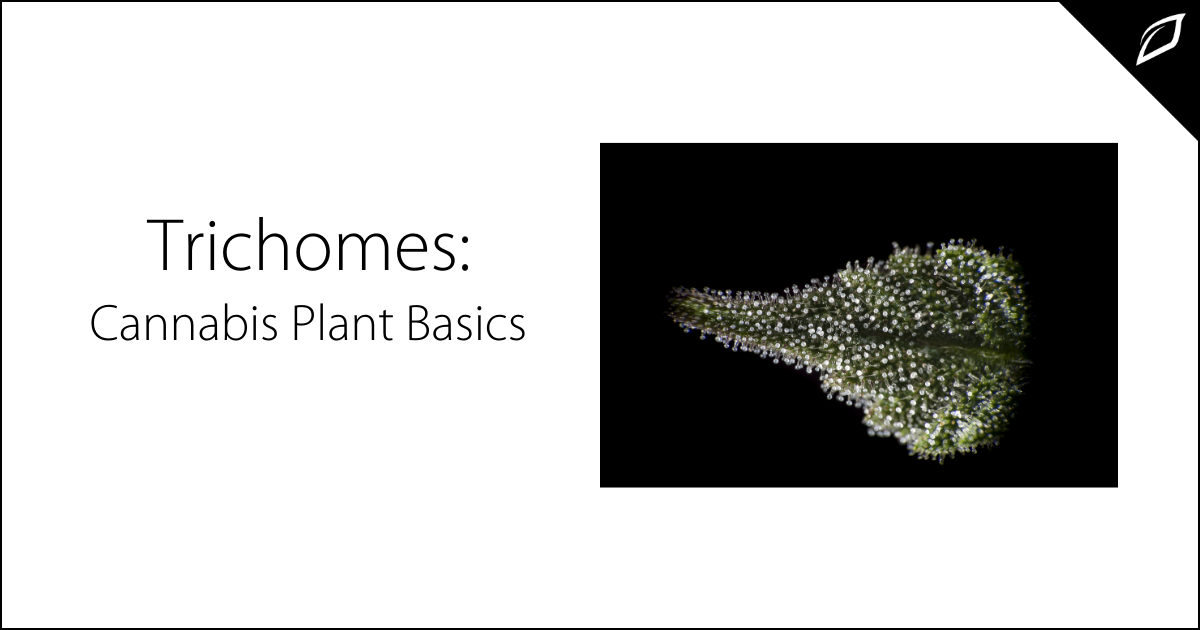Commercial Grade Nutrient Brands For Cannabis
Plant nutrients or fertilizers mimic the natural nutrients found in healthy soil, often with some added benefits. Since growing cannabis indoors is...
-png.png)
While it's a given that plants require several things to thrive, including light, there's relatively little information on how much light is too much, leaving farmers and weekend warriors to wonder if their plants are overheating due to excess light or sun. So let's examine the ways plants use light energy and how to tell if they're getting more light than they can reasonably use.
We're all familiar with what photosynthesis is, but most people aren't aware of how plants utilize the energy they create. For example, leaves absorb energy from the sun or light, create sugar and other organic compounds like lipids and proteins through photosynthesis. Plants then utilize the sugar or glucose and proteins to nourish themselves and create building blocks for growth. These can be waxy coatings for waterproofing, energy storage, or heat to avoid freezing.
How Plants Respond To Too Much Light
As we know, plants depend on the energy from light to produce the nutrients they need. However, when they absorb more light than they can use, that excess can cause damage. So to protect themselves, they convert the excess energy into heat and send it back out through transpiration.
Under some conditions, they may reject almost 70 percent of all the light energy they absorb. Thus, although plants can reduce the amount of light absorbed through leaves, rapid reduction in light absorption plays a minor role in the challenge of coping with excess light.
Gabriela S. Schlau-Cohen is the Cabot Career Development Assistant Professor of Chemistry at MIT. She and her team have extensively researched how plants use light and how they cope with heat stress. Her team estimates that algae could grow up to 30 percent more material that could be used for biofuel. "More importantly, the world could increase crop yields-a change needed to prevent significant shortfalls between agricultural output and demand for food." The professor goes on to state, "If we could understand how absorbed energy is converted to heat, we might be able to rewire that process to optimize the overall production of biomass and crops," says Schlau-Cohen. "We could control that switch to make plants less hesitant to shut off the protection. They could still be protected to some extent, and even if a few individuals died, there'd be an increase in the productivity of the remaining population."
Telltale Signs of Too Much Light
Plants exhibit several signs when they're getting too much light. The most apparent sign is leaf burning. This typically causes the yellowing of leaves at the top of the plant but the veins stay green, and the leaves take on a yellow or brown, burnt look. This effect can be mistaken for nitrogen deficiency, but nitrogen-deficient leaves typically fall off, while light-burned leaves won't fall off or be easily picked off.
If your plants are grown indoors simply move the light source or the plant to provide more distance and shorten how long the lights remain on. Outdoor settings provide more obstacles but shades to provide some relief, especially mid-day is helpful.
-png.png)

Plant nutrients or fertilizers mimic the natural nutrients found in healthy soil, often with some added benefits. Since growing cannabis indoors is...

If you're a horticulturist, then you're already familiar with what glandular trichomes (GT's) are and how they work to protect plants. But for the...

For many startup cannabis growers, a grow tent offers an agile and economical way to get a crop under cultivation quickly and easily. To make the...